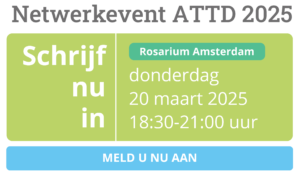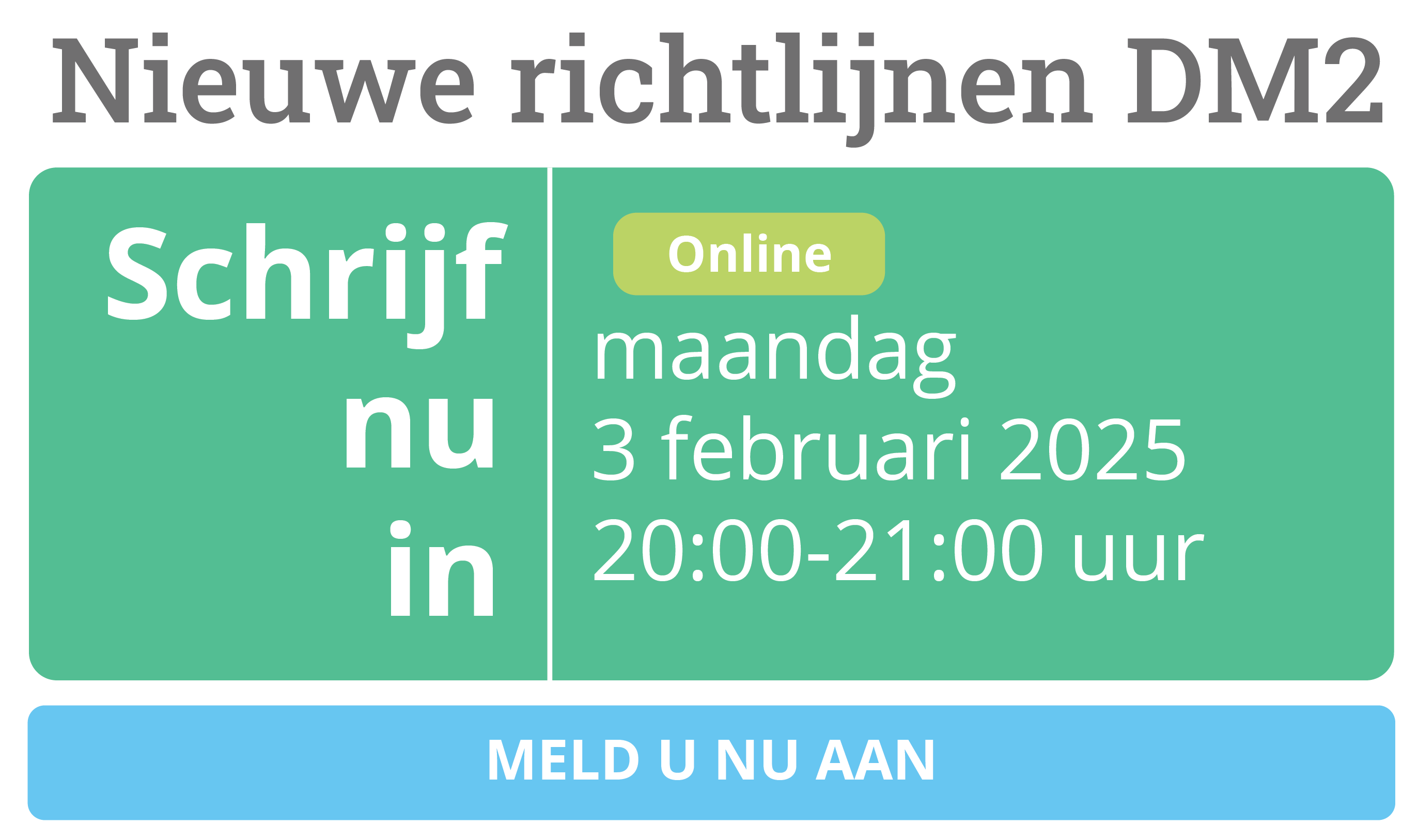OBJECTIVE
To document glycemic and user-initiated bolus changes following transition from predictive low glucose suspend (PLGS) system to automated insulin delivery (AID) system during real-life use.RESEARCH DESIGN AND METHODS
We conducted analysis of 2,329,166 days (6,381 patient-years) of continuous glucose monitoring (CGM) and insulin therapy data for 19,354 individuals with type 1 Diabetes, during 1-month PLGS use (Basal-IQ technology) followed by 3-month AID use (Control-IQ technology). Baseline characteristics are as follows: 55.4% female, age (median/quartiles/range) 39/19–58/1–92 years, mean ± SD glucose management indicator (GMI) 7.5 ± 0.8. Primary outcome was time in target range (TIR) (70–180 mg/dL). Secondary outcomes included CGM-based glycemic control metrics and frequency of user-initiated boluses.RESULTS
Compared with PLGS, AID increased TIR on average from 58.4 to 70.5%. GMI and percent time above and below target range improved as well: from 7.5 to 7.1, 39.9 to 28.1%, and 1.66 to 1.46%, respectively; all P values <0.0001. Stratification of outcomes by age and baseline GMI revealed clinically significant differences. Glycemic improvements were most pronounced in those <18 years old (TIR improvement 14.0 percentage points) and those with baseline GMI >8.0 (TIR improvement 13.2 percentage points). User-initiated correction boluses decreased from 2.7 to 1.8 per day, while user-initiated meal boluses remained stable at 3.6 to 3.8 per day.CONCLUSIONS
Observed in real life of >19,000 individuals with type 1 diabetes, transitions from PLGS to AID resulted in improvement of all glycemic parameters, equivalent to improvements observed in randomized clinical trials, and reduced user-initiated boluses. However, glycemic and behavioral changes with AID use may differ greatly across different demographic and clinical groups.



